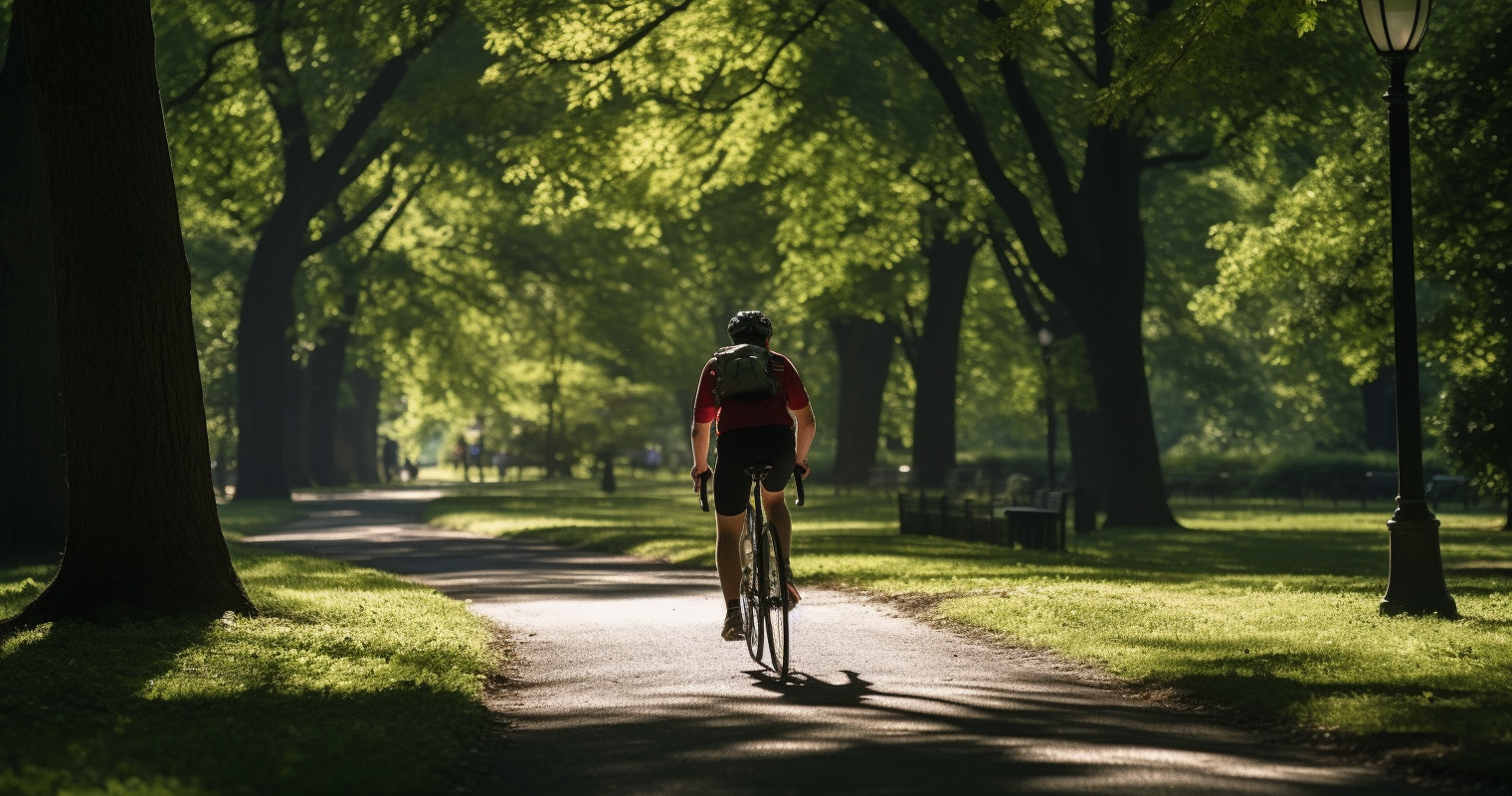Ecuador is a country located in South America with a population of over 17 million people. The country is known for its rich culture, diverse geography, and amazing landscapes. Cycling in Ecuador is a popular way to explore the country, as it offers a unique experience that can’t be replicated by other means of transportation. In this article, we will explore the popularity of cycling as a form of transport in Ecuador and what the infrastructure is like for cycling.
Popularity of Cycling in Ecuador
Cycling is becoming more and more popular in Ecuador, especially in the big cities like Quito and Guayaquil. There has been a surge in the number of people cycling for transport, exercise, and leisure. The government of Ecuador has been promoting cycling as a sustainable means of transport and is investing in infrastructure to make it safer and more accessible.
Many Ecuadorians are also embracing cycling as a way to stay healthy and reduce their carbon footprint. In the last few years, there have been a number of cycling events organized in the country, such as the “Gran Fondo de Quito,” which attracts thousands of cyclists from all over the world.
However, despite the increasing popularity of cycling in Ecuador, it is still not as common as in other countries like the Netherlands or Denmark. There are still many challenges that need to be addressed to make cycling a more mainstream form of transport.
Cycling Infrastructure in Ecuador
The infrastructure for cycling in Ecuador is slowly improving, but there is still a long way to go. The main cities in Ecuador are still dominated by cars and buses, which makes cycling a risky activity. However, there are some initiatives that are trying to change this.
Cycle Paths
Cycle paths are being built in some cities in Ecuador, but they are not widespread. Quito, for example, has a few cycle paths, but they are not connected, which makes it difficult to cycle safely from one part of the city to another. Guayaquil has also been building some cycle paths, but they are not well-maintained and often blocked by parked cars or street vendors.
Bike Share Programs
Bike share programs have been implemented in some cities in Ecuador, such as Quito and Cuenca. These programs allow people to rent a bike for a short period of time and are aimed at promoting cycling as a sustainable means of transport. The bikes are usually stationed at designated points around the city and can be rented using a mobile app.
Cycling Routes
There are some cycling routes in Ecuador that are popular among tourists and locals alike. One of the most famous cycling routes is the “Avenue of the Volcanoes,” which runs through the Andes Mountains and offers breathtaking views of the surrounding landscapes. There are also some cycling routes along the coast, such as the “Ruta del Spondylus,” which goes from the northern to the southern coast of Ecuador.
Safety
One of the biggest challenges for cycling in Ecuador is safety. The roads are often crowded and chaotic, and there are not enough cycling lanes or paths. This makes cycling a risky activity, especially for beginners or those who are not used to cycling in traffic.
The government of Ecuador is aware of this issue and is working on improving safety for cyclists. In 2018, a new law was passed that requires all new roads and highways to include cycling infrastructure. This is a step in the right direction, but more needs to be done to make cycling safer in the country.
Cycling in Ecuador is becoming more popular, but there is still a long way to go to make it a mainstream form of transport. The infrastructure for cycling is slowly improving, but more needs to be done to make cycling safer and more accessible. Initiatives like bike share programs and cycling routes are a step in the right direction, but there is a need for better connectivity and maintenance.
The government of Ecuador has recognized the benefits of cycling for the environment and public health and is making efforts to promote it as a sustainable means of transport. However, there is still a need for more investment and political will to make cycling a priority.
If you are planning to cycle in Ecuador, it is important to be aware of the risks and take necessary precautions, such as wearing a helmet and following traffic rules. It is also advisable to plan your route carefully and avoid cycling during rush hour or in areas with heavy traffic.
In conclusion, cycling in Ecuador offers a unique and rewarding experience, but there are still many challenges that need to be addressed to make it a safer and more accessible means of transport. With continued investment and support, cycling could become a more common sight on the streets of Ecuador and contribute to a more sustainable future.

